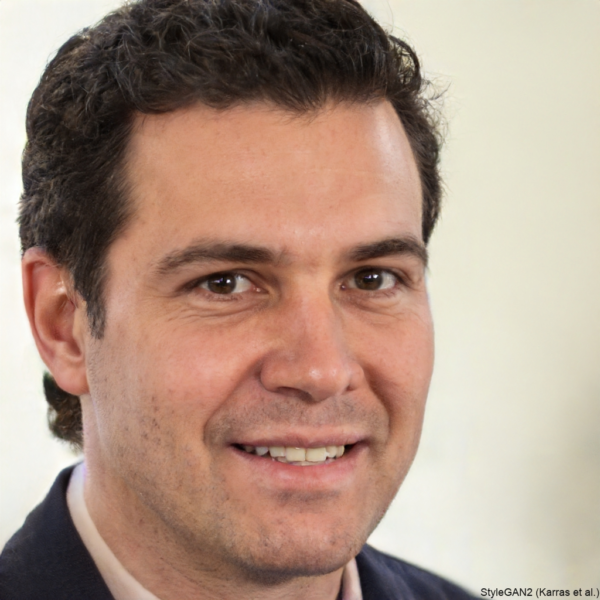SEO vs Paid Ads for Pest Control: Which Delivers Better Long-Term Value?

Understanding the Digital Landscape for Pest Control
Pest control companies operate in a highly competitive space where visibility is everything. Getting in front of homeowners or property managers at the exact moment they’re searching for help is critical. Two dominant digital strategies—search engine optimisation and pay-per-click advertising—offer distinct paths to visibility. But which method offers the most sustainable returns?
What Is Organic SEO?
Organic SEO (search engine optimisation) is the process of improving your website to rank higher on search engine results pages without paying for placement. It involves optimising site structure, technical performance, on-page content, and link-building efforts.
Companies that invest in pest control SEO are often aiming to establish long-term digital authority. A well-executed SEO strategy might take months to show results, but once rankings are achieved, they generate consistent leads with little to no cost per click.
The Case for Paid Advertising
Paid search, such as Google Ads, allows companies to appear at the top of results almost instantly. You choose your keywords, write compelling ad copy, and set a budget. Within hours, your pest control business could be featured prominently for urgent search terms like “wasp removal near me” or “emergency pest control”.
This approach is ideal for time-sensitive promotions, brand-new businesses, or services with seasonal demand. However, every click comes with a price tag—and competition can drive costs sky-high.
Comparing Long-Term ROI
When measuring return on investment, SEO typically provides greater value over time. Although it requires up-front labour, the cumulative effects of higher rankings, increased trust, and brand visibility pay off long after the initial work is done.
In contrast, paid ads stop the moment your budget runs out. Leads can flow one day and dry up the next. For pest control companies focused on long-term growth, relying solely on PPC can lead to instability and higher customer acquisition costs.
Trust and Click Behavior
User behaviour often favours organic results. Studies repeatedly show that users trust organic listings more than paid ones. Appearing high in organic rankings can boost perceived credibility and reduce bounce rates.
On the flip side, paid ads do have visual advantages. They dominate screen real estate, include call buttons, and offer sitelinks—making them perfect for mobile users needing help fast.
Maintenance and Strategy
Paid campaigns demand constant oversight. Bidding strategies, ad extensions, keyword matches, and quality scores must be monitored and tweaked daily to avoid wasted spend.
SEO also requires maintenance, but at a different rhythm. Updating content, fixing broken links, and adapting to algorithm changes are more periodic than urgent. Over time, the workload decreases while the benefits compound.
Local Visibility: A Shared Goal
Both strategies serve local discovery. Google Business optimisation, local landing pages, and review management are essential components of pest control SEO. Paid ads can geo-target effectively, but unless your site supports a solid local structure, conversion rates may falter.
Combining local SEO with smart PPC targeting can create a powerful, regionally focused presence.
Finding the Right Balance
Rather than choosing one over the other, many successful pest control firms integrate both. Paid ads provide instant traction while SEO builds a durable pipeline of inbound leads. Think of PPC as the ignition and SEO as the engine.
Testing budgets across platforms and tracking metrics like cost-per-lead, conversion rate, and customer lifetime value helps refine the mix over time.
Sustainable Growth Favors SEO
In the context of long-term value, SEO emerges as the more sustainable investment. It nurtures trust, enhances brand authority, and yields cost-efficient leads. Paid ads serve as a strong support system—but shouldn’t stand alone. A balanced strategy, tailored to your business goals, ensures you’re not just visible today—but discoverable tomorrow too.
